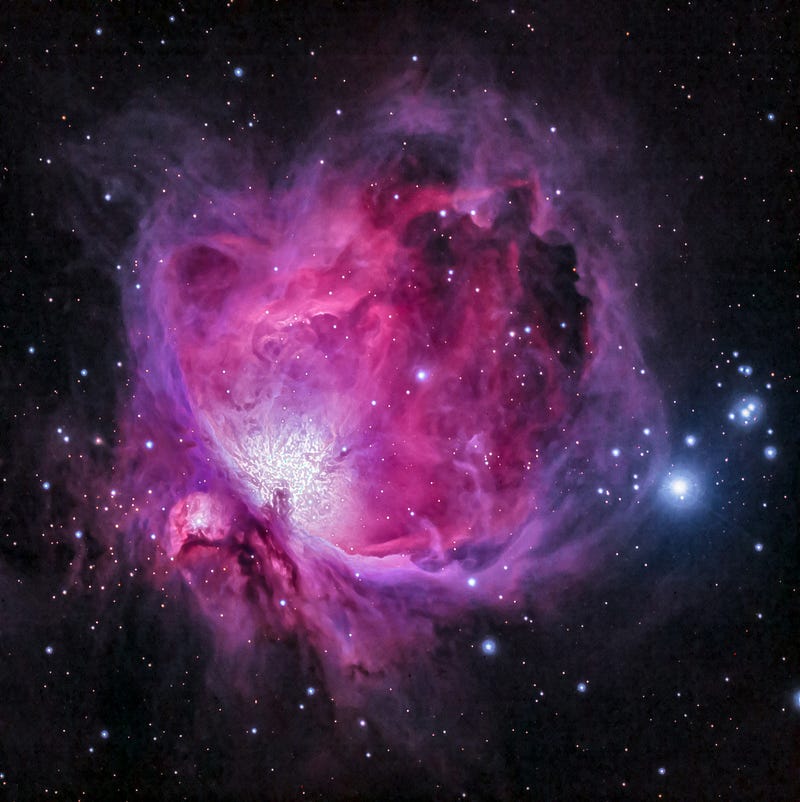# The Urgent Need for Addressing Space Debris: Challenges and Solutions
Written on
Chapter 1: Understanding Space Debris
Space debris, often referred to as space junk, encompasses a variety of non-functional satellites, spent rocket stages, and remnants from collisions that orbit our planet. With the increasing number of objects in space, the issue of space debris has escalated into a pressing concern. This section delves into the importance of space debris, the challenges it presents, and viable solutions to tackle the problem.

The Threat to Spacecraft and Satellites
Space debris poses a formidable risk to operational satellites, spacecraft, and the International Space Station (ISS). Even minute fragments can inflict substantial damage due to their high speeds in orbit. Collisions with space debris can result in mission failures, disrupted communications, and potential threats to astronaut safety. Therefore, safeguarding spacecraft and satellites from space debris is vital for ensuring the sustainability and security of space endeavors.
Kessler Syndrome: The Chain Reaction of Fragmentation
A significant concern regarding space debris is the possibility of a cascading effect known as Kessler Syndrome. When two objects collide, they generate additional debris, which may collide with other objects, resulting in a chain reaction of fragmentation. This scenario could lead to a dense cloud of debris that renders certain orbits unusable, thereby heightening the risks associated with space missions.
Longevity and Persistence of Space Debris
Space debris can remain in orbit for extended durations due to minimal atmospheric drag. Even small debris particles can linger in space for years, posing an ongoing threat to operational spacecraft and future missions. It is crucial to address existing debris and prevent the emergence of new debris to mitigate long-term impacts.
The Need for Space Traffic Management
With the growing number of satellites and space missions, effective management of space traffic is essential. This includes coordinating launches, tracking objects in orbit, and implementing measures to avoid collisions, thereby reducing the likelihood of further debris generation. International collaboration and the establishment of standardized practices are critical for the safe and sustainable use of space.
Strategies for Debris Mitigation
Mitigating the creation of new space debris is a fundamental component in addressing this issue. This involves designing spacecraft and satellites with measures to minimize debris generation, such as avoiding intentional explosions, utilizing propellants that reduce debris creation, and ensuring controlled reentry of satellites at the end of their operational lives.

Active Debris Removal: A Solution in Development
The removal of existing space debris presents a complex challenge but is increasingly recognized as a viable solution. Active debris removal entails capturing and eliminating large debris objects from orbit through various techniques, including robotic arms, nets, harpoons, or ion beams. Successfully demonstrating and implementing these technologies could significantly reduce debris density and alleviate the risks associated with space debris.
International Cooperation and Guidelines
Resolving the issue of space debris necessitates global collaboration, coordination, and the establishment of guidelines and regulations. Organizations such as the United Nations Office for Outer Space Affairs (UNOOSA) and the Inter-Agency Space Debris Coordination Committee (IADC) promote discussions and initiatives aimed at mitigating space debris, encouraging best practices, and formulating guidelines for responsible space activities.
Chapter 2: Moving Towards a Sustainable Space Environment
Space debris is a complex and multifaceted challenge that demands proactive measures for the long-term sustainability of space exploration and utilization. By raising awareness, implementing debris mitigation strategies, advancing active debris removal technologies, and fostering international collaboration, we can work towards a cleaner and safer space environment for future generations.
The first video, Waste Of Space: The Problem With Space Debris, The Challenges And Opportunities Associated With It, delves into the complexities of space debris, exploring the challenges faced and the potential opportunities for mitigation.
The second video, Human-made debris left behind in outer space is a growing problem down on Earth, highlights the implications of space debris on our planet and the urgent need for solutions.